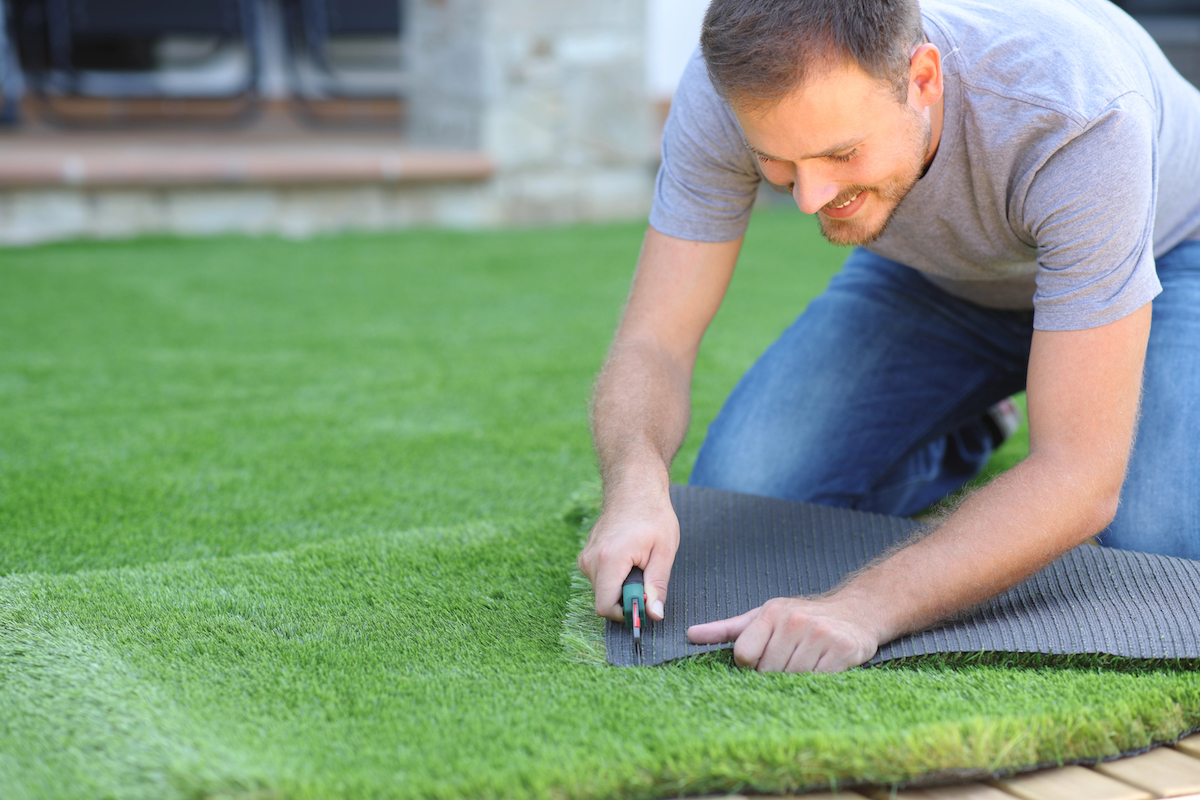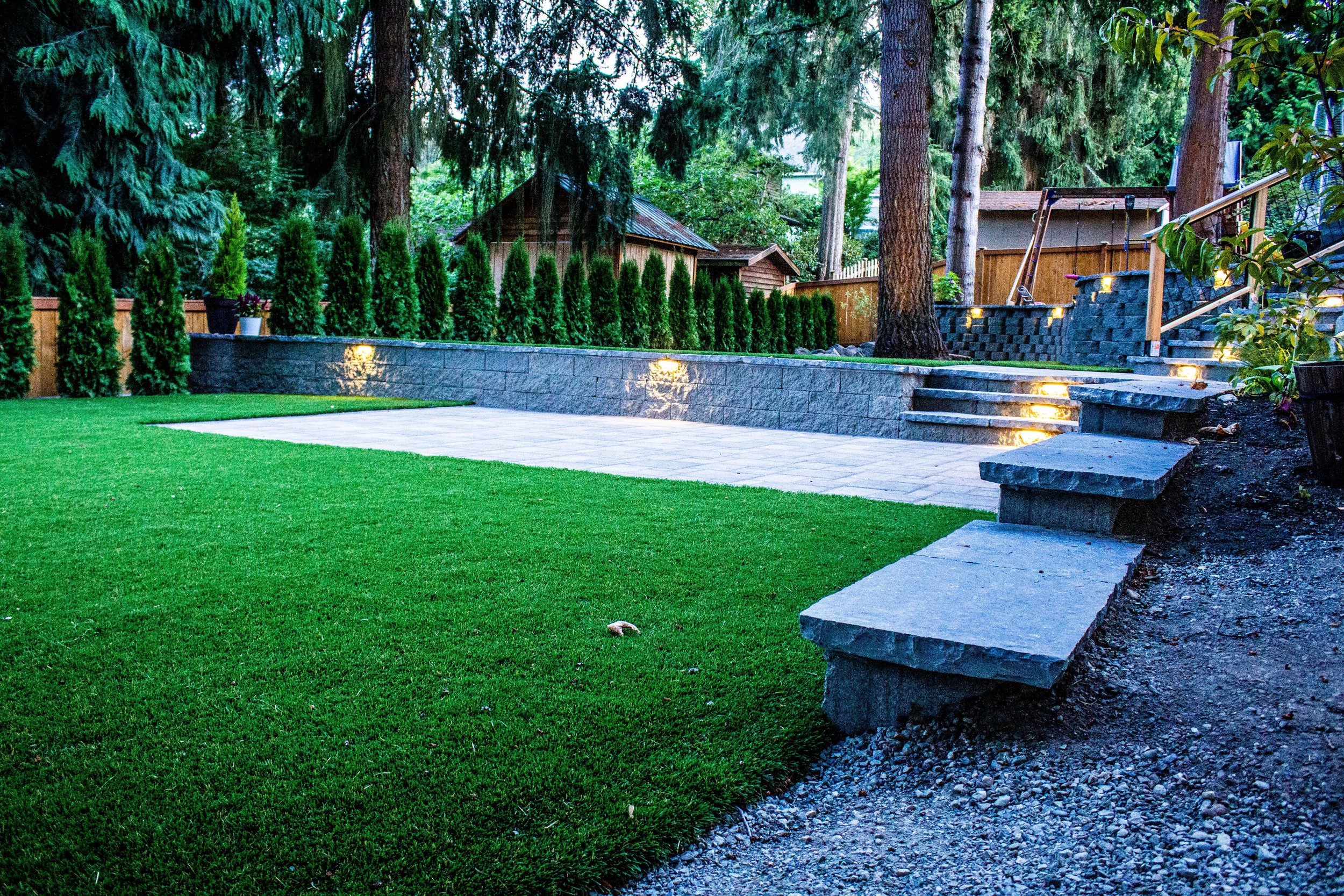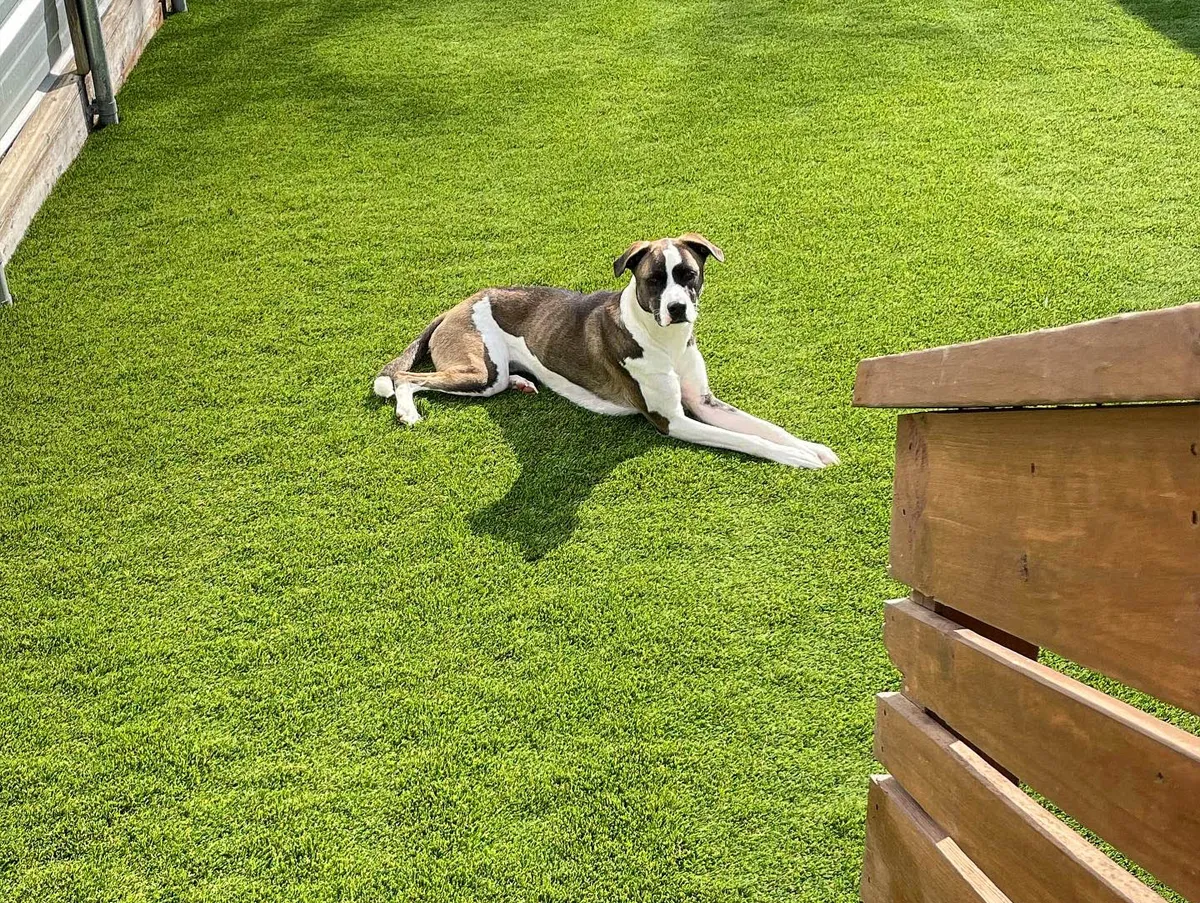Explore the Environmental Conveniences of Opting for Synthetic Grass Solutions
The adoption of man-made turf options provides a compelling chance to address pushing ecological challenges. By dramatically lowering water usage and reducing the application of damaging chemicals, these choices not only advertise sustainable landscape design but additionally secure regional ecological communities. Additionally, the reduced carbon impact connected with decreased upkeep activities contributes to a more sustainable method to land monitoring. The ramifications of these advantages prolong past plain preservation initiatives, increasing inquiries regarding their long-term impact on habitat conservation and total ecological balance. Exploring these measurements exposes a complex interaction worth taking into consideration.
Water Preservation Perks
Among the most significant benefits of fabricated lawn is its ability to save water. Traditional yard yards need significant watering, especially in areas susceptible to dry spell or water constraints. On the other hand, synthetic grass does not need watering, considerably decreasing the total need for water resources. This feature is particularly useful in arid regions where water shortage is a pushing concern.
By eliminating the demand for regular watering, synthetic lawn contributes to sustainable landscape practices and aids mitigate the ecological effect of extreme water usage. Furthermore, the conservation of water includes the reduction of overflow, which can cause dirt disintegration and river pollution.
In addition, the installment of synthetic grass allows homeowners and municipalities to designate water sources much more effectively, concentrating on vital usages such as drinking water and farming. The change in the direction of synthetic grass not only promotes liable water use yet additionally straightens with broader environmental goals targeted at maintaining natural resources.
As communities progressively focus on sustainability, the water conservation benefits of synthetic turf present an engaging instance for its adoption in property and industrial landscape design jobs.
Decreased Chemical Use
The transition to synthetic grass considerably reduces the dependence on chemical therapies commonly made use of in all-natural yard upkeep. Typical lawn administration generally includes the application of herbicides, chemicals, and plant foods to promote development and control parasites. These chemicals can position threats to human health and wellness, local wildlife, and the setting, adding to dirt and water contamination.
In comparison, artificial grass removes the requirement for these dangerous materials. When mounted, it requires very little maintenance, mostly including regular cleansing and occasional infill replenishment. This reduction in chemical usage not only benefits the prompt environment but additionally contributes to broader ecological stability. By reducing the release of synthetic substances into the community, synthetic grass advertises much healthier soil and water supply.
In addition, the lack of chemical runoff related to fabricated lawn installations helps shield neighborhood waterways from pollution, supporting marine life and maintaining biodiversity. Arizona turf. As areas progressively prioritize lasting practices, choosing synthetic turf provides a sensible remedy that straightens with environmental preservation goals. Via this shift, homeowner can appreciate rich green areas without compromising ecological health and wellness, leading the way for a much more lasting future
Reduced Carbon Impact

Furthermore, the installment of synthetic grass can lead to substantial water preservation. All-natural grass require substantial quantities of water for irrigation, which not just includes to the carbon footprint connected with water removal and treatment however likewise stress local water resources. On the other hand, man-made grass needs very little upkeep, requiring no watering, therefore dramatically reducing water usage and its connected energy costs.
Additionally, the long life of synthetic grass contributes to its decreased carbon influence. With a lifespan of as much as 15 years or even more, the need for constant substitutes is decreased, leading to less waste and lower energy consumption in production and disposing of traditional turf choices. In general, synthetic grass presents a lasting alternative for eco conscious landscaping.
Habitat Preservation
Environment preservation is an important factor to consider in the debate over landscape design choices, especially when contrasting artificial lawn to natural turf. Natural turf yards frequently need comprehensive maintenance, consisting of the use of herbicides, pesticides, and plant foods, which can adversely influence local ecosystems. These chemicals can leach right into the dirt and rivers, damaging native flora and fauna and interfering with neighborhood environments.
Man-made lawn eliminates the demand for damaging chemicals, therefore safeguarding neighboring wildlife and preserving the stability of bordering ecological communities. The setup of fabricated lawn can lead to the conversion of previous yard locations right into even more biodiverse landscapes, such as pollinator yards or indigenous plant locations, which can support local wild animals.
Eventually, the change to fabricated grass not just saves water and reduces maintenance initiatives but likewise cultivates a much more harmonious connection between human tasks and the natural environment, advertising habitat conservation at the same time.
Long-Term Sustainability
Long-term sustainability is a vital aspect in reviewing the advantages of synthetic grass over traditional turf lawns. One of one of the most significant benefits of synthetic lawn is its sturdiness; it can last approximately 15-20 years with very little maintenance, whereas look these up all-natural grass needs regular reseeding and substitute. This durability lowers the requirement for consistent resources, such as water, plant foods, and chemicals, which are necessary for preserving a healthy grass lawn.
Additionally, man-made grass adds to a decrease in carbon emissions connected with yard care devices. Typical lawns frequently call for gas-powered mowers, leaners, and blowers, all of which contribute to air contamination. Arizona artificial turf. On the other hand, synthetic turf eliminates the requirement for such devices, advertising a cleaner atmosphere
Additionally, the production of fabricated turf progressively uses recycled materials, boosting its sustainability account. As manufacturers take on eco-friendly techniques, the environmental footprint of synthetic grass remains to reduce.

Conclusion
The fostering of synthetic grass solutions provides significant ecological benefits, consisting of substantial water conservation, lowered dependence on damaging chemicals, and a lower carbon impact. Man-made grass help in preserving all-natural habitats by minimizing land disturbance and promoting long-term sustainability via the usage of long lasting materials. Collectively, these elements highlight the capacity of synthetic grass to add positively to environmental health and offer a sensible option to conventional landscaping techniques in a progressively resource-conscious world.
In contrast, synthetic turf does not require watering, significantly reducing the general need for water resources. By decreasing the launch this article of artificial compounds into the community, artificial turf promotes much healthier dirt and water systems.
Moreover, the installment of man-made lawn can result in substantial water preservation. In contrast, fabricated lawn requires minimal upkeep, needing no watering, thus substantially decreasing water usage and its associated energy prices.
